This Way Up for Saturday 11 February 2017
This Way Up for Saturday 11 February 2017
Eat your way to better gut health, Snapchat IPO and the approach of 5G, solving medical challenges using nature and bringing extinct species back from the dead.
Can you eat your way to better gut health?
BBC science journalist Dr Michael Mosley has been looking at how easy it is to improve gut health through diet, from the use of probiotics, to fermented foods and fibre.
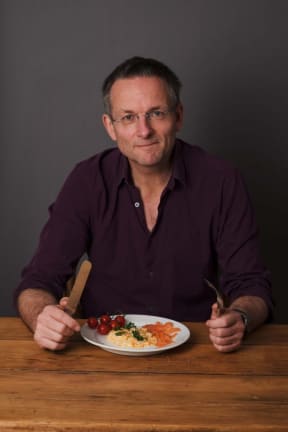
Michael Mosley Photo: (Romas Foord)
The human gut is a 10-metre long organ for digesting food. Billions of bacteria and yeasts live there. According to the latest science, this community of microbes in our gut (called the microbiome) seems to play an important role in keeping us healthy and even happy.
That's one of the reasons why more of us are looking for ways to improve our gut health and look after all these bugs that call our insides home.
Faecal transplants – transplanting good bacteria from one person and implanting into someone lacking essential gut flora – is one approach. But eating our way back to better gut health seems like a far more appetising proposition!
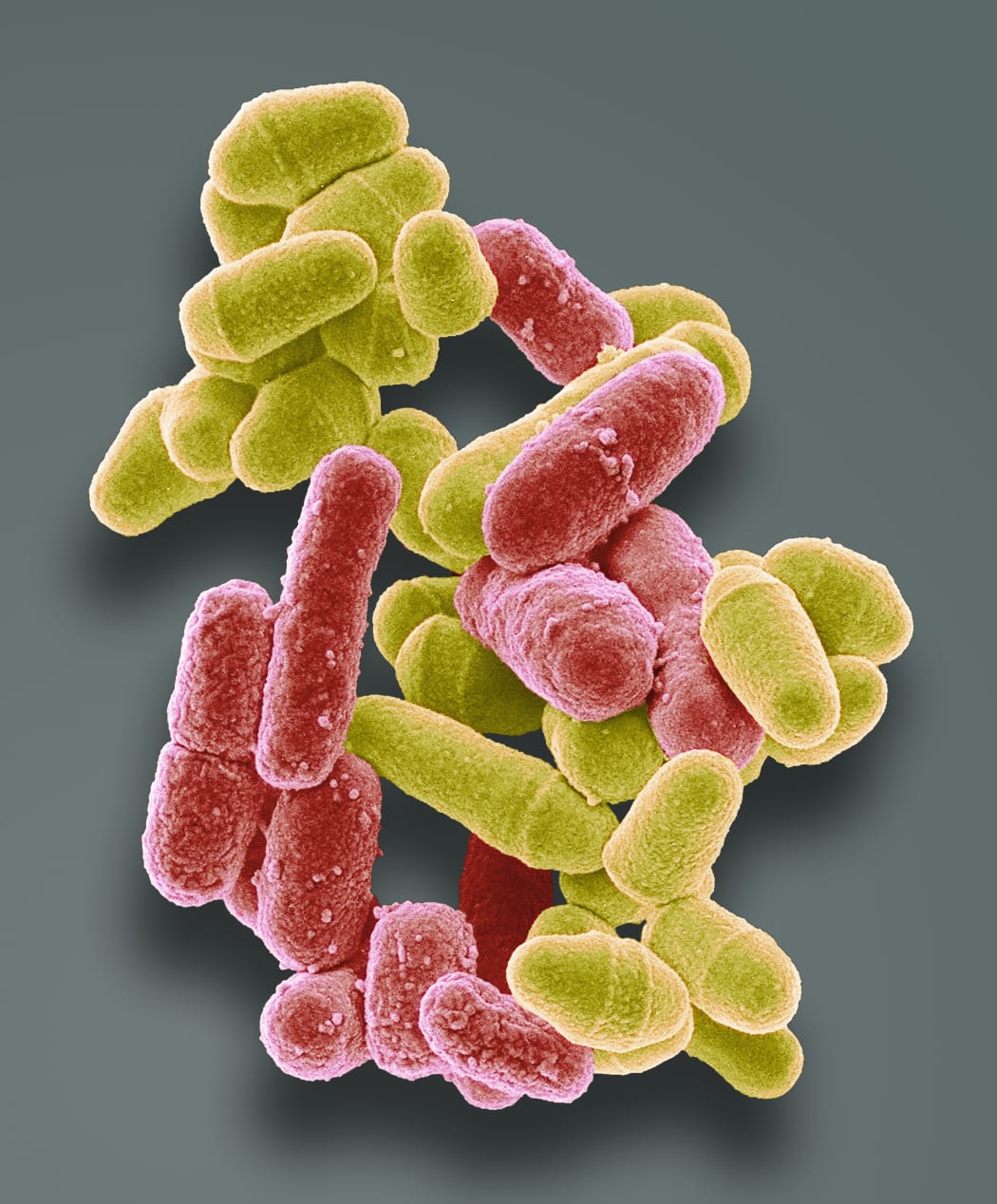
Bacteria and yeast Photo: STEVE GSCHMEISSNER SCIENCE PHOTO SGS SCIENCE PHOTO LIBRARY
Here's some of the other stuff we've done on fermented food and gut health:
Making Kefir
Making Kombucha
Sauerkraut
Caspian Sea Yoghurt
Sandor Katz fermentation guru
Home Brewing
Sourdough 101
Are Microbes making you fat?
Your microbiome and brain health
Synthetic faecal transplant
Faecal transplant pill
Tech news: Snapchat IPO and 5G mobile

Photo: Photo Credit: Richard G. CC BY 2.0
Wikipedia has banned the Daily Mail as a reliable source, also Snapchat gets ready to go public and monetise its 158 million daily users...
Plus the next generation of mobile telephony (that's 5G!) is coming. Peter Griffin looks at the 'millimeter wave' technology upon which this is based.
Bioinspiration - medical solutions from nature
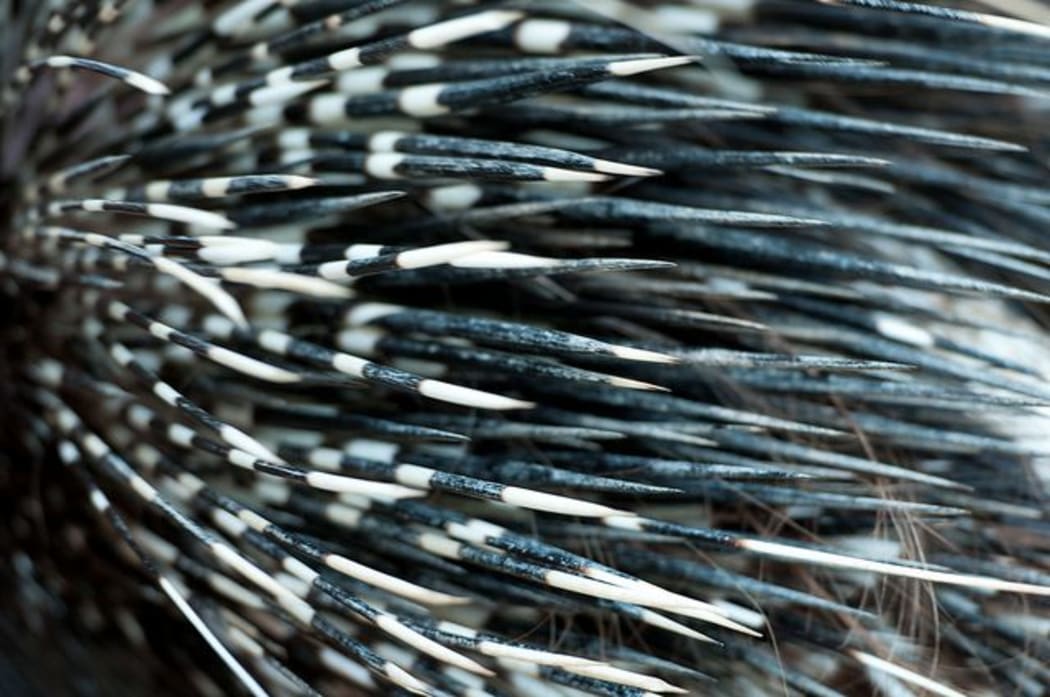
Porcupine quills Photo: (Flickr user largestartist CC BY 2.0)
A biodegradeable adhesive patch to seal a hole in a child's growing heart that's inspired by slugs, sea worms and snails...
A way of suturing wounds using principles derived from the porcupine quill...
These are just two of the advances made possible by the emerging science of bioinspiration (also known as bioengineering) which involves closely studying nature and using it as a guide to solving some of the toughest problems facing modern medicine.
Jeff Karp is a bioengineer working at Brigham and Women's Hospital at Harvard Medical School.
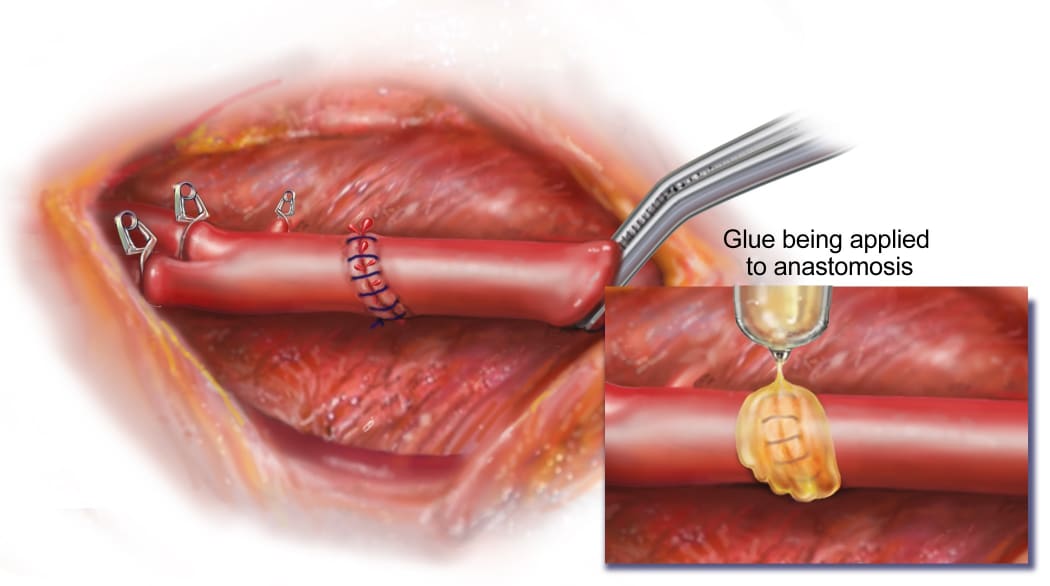
A surgical patch derived from nature Photo: Supplied
Bringing back extinct species
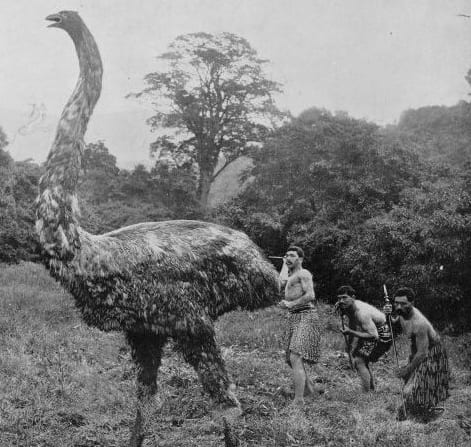
Mock moa hunt c 1900 Photo: (Augustus Hamilton from The National Library of New Zealand Public Domain)
Mass extinctions of the earth's living species have happened at least five times over the past few hundred million years, due to things like volcanoes, asteroid strikes, and changing sea or oxygen levels.
Now humans are starring in what's being called Earth's sixth mass extinction event.
Since 1900, at least 500 species of fish, amphibians, birds, mammals and reptiles have become extinct, and this is a very conservative estimate. According to the World Wide Fund for Nature at least 200 species are becoming extinct every single year.

Helen Pilcher Photo: (Supplied)
De-extinction offers us the tantalising prospect of restoring species that have long since died out.
So, armed with the latest genetic technologies,how can scientists resurrect extinct species from the dead? And when and if de-extinction is possible then what species should we bring back? The moa? Or the T-rex?!
Helen Pilcher reviews the latest science and some of the controversies surrounding de-extinction in her book Bring Back the King: The New Science of De-extinction.